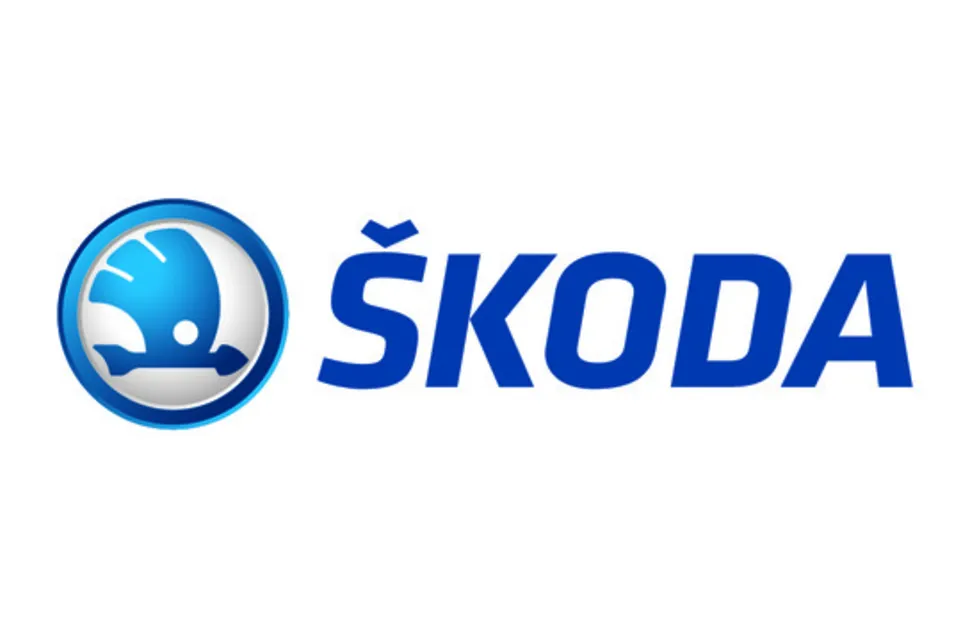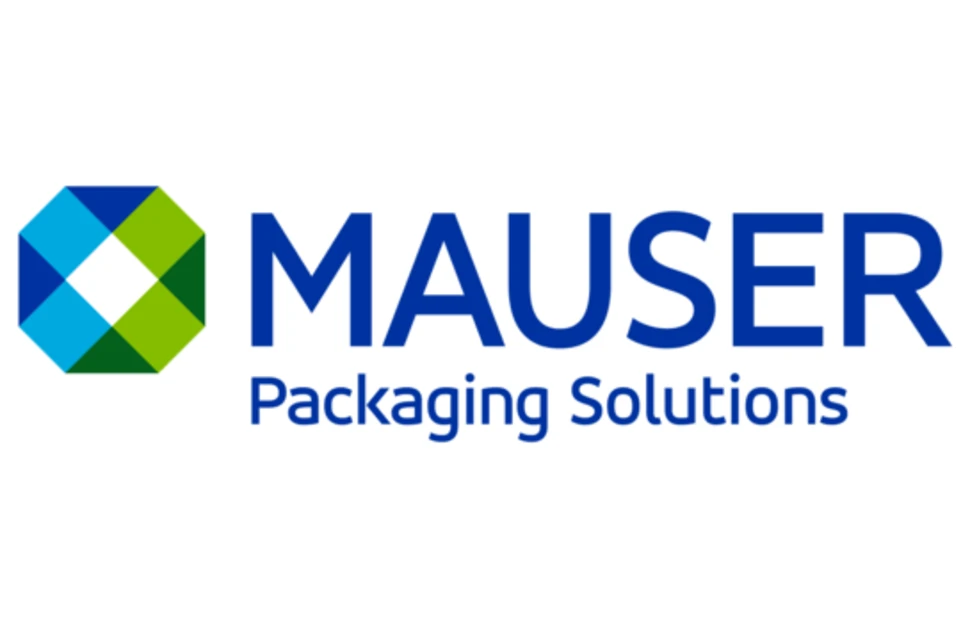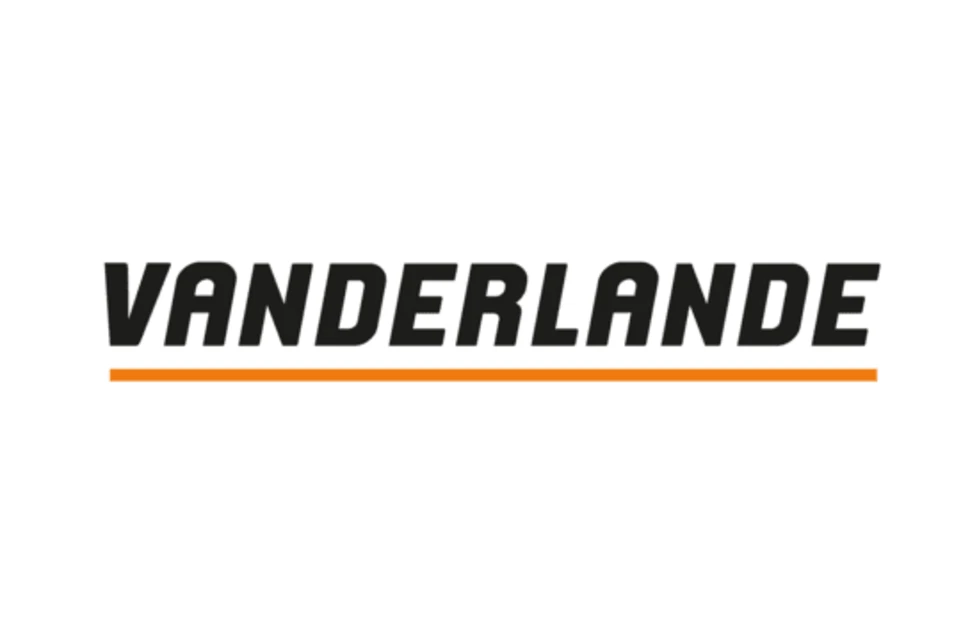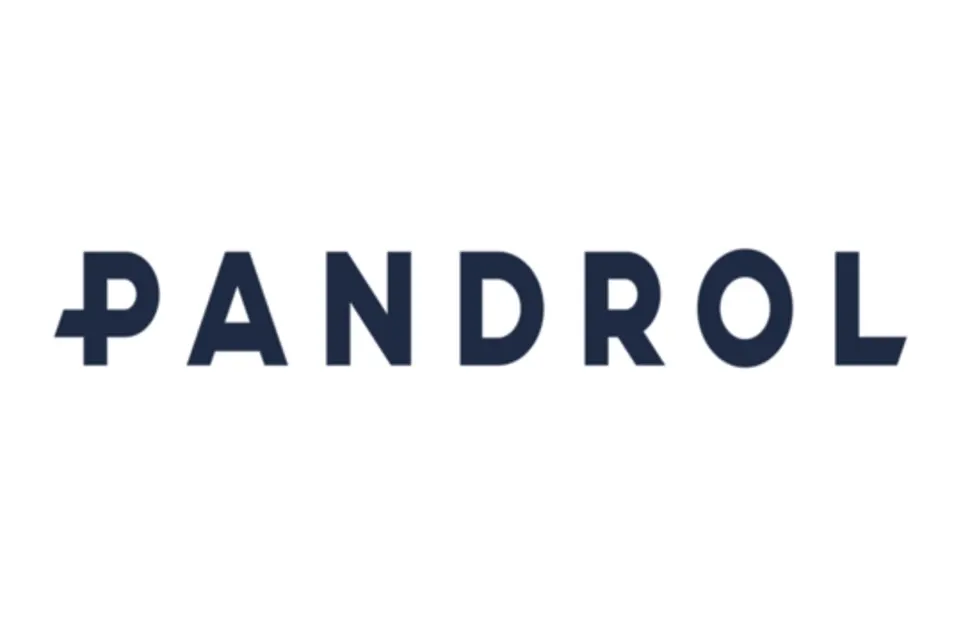Lobbying intensifies on Europe’s trade defence measures
Divisions are growing between Europe’s steelmakers and importers amid lobbying of the European Commission on the future of the bloc’s trade defence measures.
The July 28 announcement of a new EU-US trade deal revealed that EU steel exports would remain subject to the United States’ 50% Section 232 import tariffs. Eurofer said that the agreement, which applies a 15% “reciprocal” tariff on other products, will place a “huge burden” on Europe’s steel industry. It said that the continued tariff risks eliminating EU steel exports to the US, which totalled 3.8 million tonnes in 2024.
Following trade negotiations with the Trump administration, both EU and UK delegations voiced an expectation that a future quota would be agreed, resulting in reduced or zero US steel tariffs. President Trump had previously asserted that the UK’s newly agreed provisional steel tariff rate of 25% would be dependent on tighter trade defences.
- This article was first published in the August edition of MEPS's European Steel Review. The monthly review features steel prices, indices, commentaries and forecasts covering Belgium, France, Germany, Italy, Spain and the United Kingdom. Contact MEPS for details of how to subscribe.
This month, MEPS respondents indicated that incoming CBAM taxes, due to be implemented from January 1, will provide the market’s only upwards price pressure in the coming months. Amid low demand, exacerbated by Europe’s summer holidays, attention has quickly switched to further measures that could protect mills from the influence of low-cost imports. Such measures could bolster the EU and UK’s hopes of securing improved trade terms with the US.
Both the EU and UK have tightened their trade defence measures in recent months. Last month, this report reflected on the anger felt by many UK importers after revisions to its safeguard quotas. Intervention from the country’s Secretary of State for Business and Trade resulted in a halving of previously proposed caps on individual nations’ use of the quarterly quotas, just a day before the new regime’s implementation.
Growing threat to importers’ business models
Tensions are rising among importers in both the UK and EU as increased restrictions on international trade threaten their business model. In the EU, most have stopped placing orders, this month. The European Commission’s failure to publish the benchmark emissions that will allow them to calculate the cost of CBAM taxes means that new orders pose too much of a financial risk.
Many MEPS respondents suggest that the charges associated with CBAM could be delayed to July 2026 or January 2027. A delay to 2027 would align with the UK’s planned CBAM implementation. Talks are now underway, between the EU and UK, to align their respective Emissions Trading Systems (ETS). This should eliminate future CBAM charges between the two trading partners.
In mid-July, a group of EU importers questioned the legality of the application of CBAM taxes, in just over four months’ time, given the lack of transparency over costs. In a series of questions submitted to the European Commission, it highlighted that “without calculation certainty, there are competitive disadvantages and in the worst cases, insolvency”.
The group also asked why the benchmark emissions values had been withheld, so far, and whether they would be linked to an updated ETS, which is not expected until spring 2026. One European importer has also asked the Commission to consider making small and medium-sized enterprises exempt from CBAM taxes.
Steelmakers call for urgent change
Lobbying on behalf of the bloc’s steelmakers calls for greater import restrictions, however. A group of 11 EU countries filed a “non paper” with the Commission, requesting that stringent new import safeguard measures be implemented six months earlier than planned, on January 1. Among their recommendations are a 40-50% cut in annual safeguard quotas and the doubling of above-quota duties, from 25% to 50%.
Recent financial updates from EU mills highlight the importance of regulation, which might help increase domestic steel demand, applying upward pressure to prices.
Salzgitter’s production declined by 7.4% year-on-year, to 2.49m tonnes, in the first half of this year. Revenues declined by 6.1% year-on-year, to EUR1.7bn, due partly to reduced prices. The low end of the MEPS Europe Average hot rolled coil price range declined by 10.7% year-to-date in the January to June period.
Thyssenkrupp’s share price declined by 7%, on July 14, after it cut its sales forecasts as a consequence of weak demand and continued 50% US import tariffs on steel. It expects sales to fall by 5-7% in its current fiscal year, down from an earlier estimate of 3%. Chief executive Miguel Lopez said that the past quarter had been characterised by “enormous macroeconomic uncertainty”.
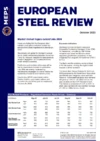
Source:
European Steel Review
The MEPS European Steel Review is an informative, concise and easy-to-use monthly publication, offering unique professional insight into European carbon steel prices.
Go to productRequest a free publication
